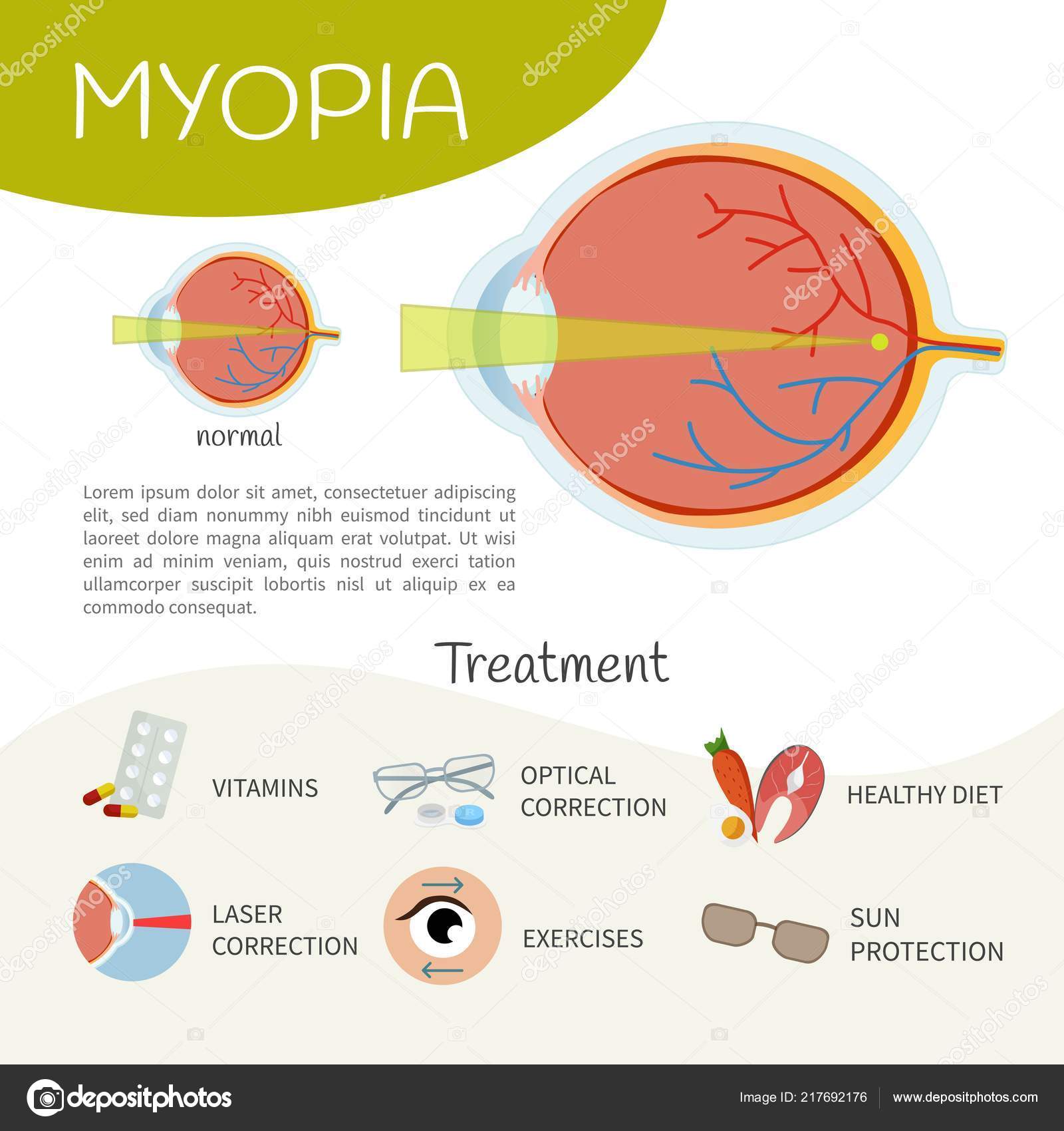Refractive Lens Exchange (RLE) Is An Alternative To LASIK For Clients Who Wish To Avoid The Dangers Of Laser Vision Improvement

Staff Writer-Kyed Whitaker
This treatment gets rid of the eye's natural lens and replaces it with a synthetic intraocular lens, or IOL. RLE is particularly valuable for people over 40 that have problems with presbyopia and also cataracts. The durable man-made lenses dental implanted in RLE don't age, so they can maintain you seeing clearly for years to come.
What is RLE?
Refractive Lens Exchange After Lasik (RLE) is a vision modification procedure for people with high refractive errors. It is also used to treat presbyopia, which is the natural propensity for our eyes to lose their capacity to concentrate at distances.
RLE can be a great choice for patients who have actually formerly attempted LASIK however had inadequate outcomes. Typically, https://www.healio.com/news/ophthalmology/20210827/refractive-corneal-surgery-poised-for-strong-comeback-in-2021 who are over 45 as well as have trouble analysis without glasses are excellent prospects for RLE.
The procedure fasts, and also lots of people see improvement in their vision instantly after surgery. Nonetheless, it can take a while for the eye to recover completely and also for the vision to support.
The main advantage of RLE is that it offers a much more stable vision outcome than LASIK, which may deteriorate in time as the corneal thickness adjustments. This can create issues like dry eye, flap defects and vision loss.
How Does RLE Work?
RLE is a treatment that changes your natural lens with a man-made intraocular lens (IOL). The IOLs are similar to the lenses that you receive after LASIK and also other contemporary eye surgical treatment treatments.
The IOLs proper improper light refraction and also enhance your vision. https://gale390julius.bravejournal.net/post/2023/04/14/What-Are-The-Benefits-Of-Lasik-Eye-Surgery are a long-term remedy for sure eye conditions such as hyperopia (farsightedness), myopia (nearsightedness), and astigmatism.
If you have a refractive error that makes it impossible for various other rehabilitative surgical treatments to deal with, after that RLE may be the only option offered to you. This is specifically true if you have presbyopia or struggle with serious farsightedness (hyperopia) and also are not a prospect for LASIK or other vision adjustment surgical procedures.
In the same way that cataracts can be stopped by executing cataract surgical treatment prior to they create, RLE can prevent you from having to undertake a corneal transplant and lens replacement surgical procedures later on in life. The threat of retinal detachment is also dramatically minimized in this situation.
Is RLE Safer than LASIK?
While LASIK stays the most typical vision correction treatment in the USA, RLE can be an option for individuals that do not get approved for LASIK because of age or various other wellness concerns. It's a safe, trusted surgical treatment with solid client fulfillment and also fast healing times.
RLE is a refractive lens substitute, which indicates that the eye's all-natural lens is gotten rid of and changed with a fabricated intraocular lens (IOL). These lenses can be monofocal, multifocal, or accommodating.
Multifocal lenses allow you to see at 3 unique ranges while fitting lenses change in the eye as your eyes transform emphasis. These types of lenses can assist you overcome presbyopia as well as boost your nearsightedness and range vision, making them an outstanding selection for individuals who want an irreversible service.
As with LASIK, RLE is an elective surgical procedure that is normally not covered by insurance. Nevertheless, several facilities supply financing choices so you can pay for the procedure and obtain the top quality vision you want.
Intraocular Lens than LASIK?
LASIK is a preferred eye surgical treatment that uses lasers to deal with refractive errors such as nearsightedness, farsightedness or astigmatism. Nonetheless, it's not the only procedure that can remedy vision issues.
RLE, or Refractive Lens Exchange, is another common surgery for vision modification. Unlike LASIK, which works on the surface area of the eye, RLE changes the all-natural lens.
The most effective prospects for RLE are people over the age of 40. This is due to the fact that LASIK can not avoid eye problems like presbyopia or cataracts, which create as you age as well as affect your vision.
Throughout a RLE procedure, the medical professional eliminates the client's natural lenses as well as changes them with intraocular implants (IOLs). The IOLs can be light-adjustable or suiting, so they can fix many different visual issues.

